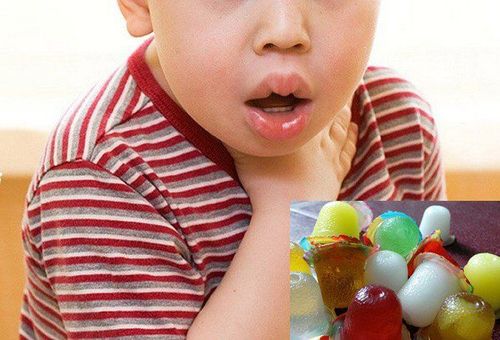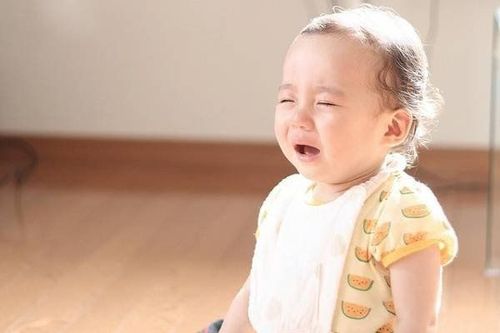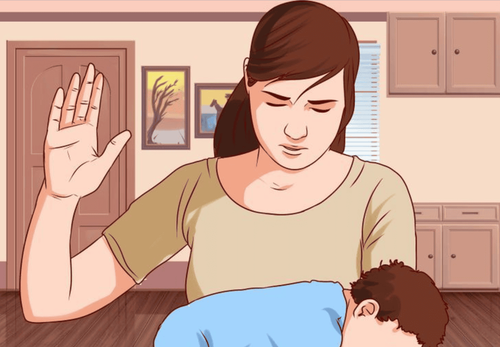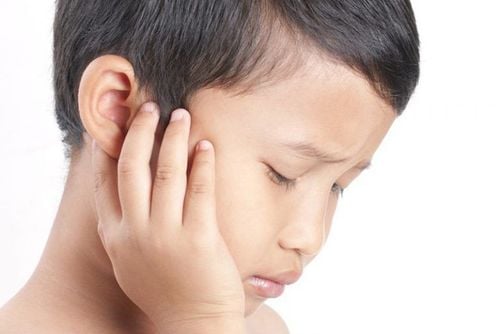This is an automatically translated article.
This article is professionally consulted by resident Doctor Le Thanh Tuan - Gastroenterologist - General Surgery Department - Vinmec Nha Trang International General Hospital.Asphyxiation from foreign bodies or food aspiration is one of the leading causes of death in children. First aid measures immediately after a child is choking on a foreign body is extremely important, this helps the child quickly get out of a dangerous situation.
1. What is asphyxia due to inhaling foreign bodies?
Asphyxiation from a foreign body can be a life-threatening emergency for children as well as adults. A solid or semi-solid object falls into the airway, lodges in the larynx or trachea, causing the patient to suffocate.If the foreign body is large enough to obstruct virtually the entire airway, suffocation can quickly lead to death. If the obstruction is lower, or the object has passed through the carina (the point where the trachea bifurcates into two main bronchi, the right and left bronchus), symptoms may be less severe.
Young children are susceptible to choking on foreign objects. The reason is that babies are very curious, while exploring the world around them, they often put everything they can hold into their mouths.
Young children do not have molars yet, so they cannot chew and completely crush hard foods such as cookies, hard candies, etc. At the same time, their chewing and swallowing are not yet mature. As a result, the child can choke and suffocate. Meanwhile, older children often run, jump, laugh while eating, so there is still a risk of choking due to food.
In addition to food, there are many different types of foreign bodies that can cause choking in children, including:
Nuts Fruits and seeds Bone fragments Nails Small toys Coins Buttons Clothes Fragments of medical instruments and dental equipment....

2. What are the symptoms of a baby choking on a foreign body causing suffocation?
Of the cases of children choking on foreign bodies, up to a third of parents are unaware of the condition or do not remember the incident more than a week before discovering it. Up to 25% of cases, children have foreign bodies in the airways more than a month before they are discovered.Usually, when a child chokes on a foreign body that causes suffocation, a child will have a sudden cough or choke while eating, accompanied by wheezing, coughing or slurred speech. Cases of foreign bodies that completely or nearly completely obstruct the airway can lead to death or brain damage due to lack of oxygen.
There are cases where adults do not witness or do not know what children have put in their mouth and nose, so they do not think that the child is suffocated due to inhaling foreign objects.
In this case, the child may have a persistent cough or pale face, wheezing. Children may have persistent or recurrent pneumonia, lung abscess, focal bronchiectasis, or hemoptysis.
If the foreign body is located below the epiglottis, the child will have symptoms such as recurrent or persistent stridor, accompanied by changes in the voice.
3. What to do when detecting a child choking on a foreign object?
If your child swallowed something that wasn't sharp or potentially dangerous, and it didn't seem to get stuck in his or her throat, it's most likely going down the digestive tract. It is possible that the child will excrete the object in the stool.While you wait for that to happen, you need to monitor the child and call the doctor immediately if the baby has symptoms such as:
Vomiting Drooling Unusual breathing Fever Pain in the chest, throat, mouth, abdomen. Call the doctor if you don't see a foreign body in your baby's stool for the next few days. The best way to check is to put your baby's poop in a strainer, then pour hot water over it.
If you think your child has swallowed something sharp like a toothpick, a needle, or something dangerous like a small battery or magnet, you need to get him to the emergency room or call the doctor right away. even if you feel the child seems fine.
These may need to be removed as soon as possible. Because they can puncture a child's esophagus, stomach or intestines, or create a small electrical current in the body. A small magnet will pass through the digestive tract, but having two or more magnets can cause different parts of the intestine to magnetically stick together, leading to twisting, blockage, or perforation.

4. What happens if the baby chokes on a foreign body that causes suffocation?
If your child is choking and is unconscious or unable to breathe: Have someone call 911 and perform CPR until help arrives. If you are alone with your baby, perform CPR for two minutes and then call 911.If the child chokes on the object but is still breathing, have the child cough up the object if possible. If your child can't cough up on his own, call 911 and try to dislodge the object with back patting and chest compressions.
4.1 Back pats If the child is awake but unable to cough, cry or breathe and you believe something is stuck in the child's airway, carefully place the child on his or her back on an arm, use that arm to hold it. baby's nape. Then place your other hand and forearm in front of your baby.
Next, use your thumb and fingers to hold the baby's jaw and turn the baby face down along your forearm. Lower your arms to your thighs, so that your baby's head is lower than his chest.
Use your hands to make five firm back blows between your baby's shoulder blades to try to dislodge the object. During patting, hold the baby's head and neck by keeping his jaw firmly between your thumb and index finger.
If the object is still not expelled, place your free hand on the back of the child's head with your arm along the baby's spine. Carefully turn your baby over while keeping your other hand and forearm in front of him.

Place two or three fingers in the center of your baby's chest, just below the seam between your baby's nipples. To do a chest push, you need to push your chest straight down about 1/2 inch. Then let the ribcage return to its normal position.
Do 5 of these push-ups, keeping your fingers in contact with your baby's breastbone. Chest thrusts need to be done smoothly, without jerks.
Continue alternating five back pats and five chest thrusts until the object is ejected or the child begins to cough heavily, cry, breathe, or become unresponsive. If your child is coughing, let him or her try to spit out the object.
If the child is unresponsive and unconscious, place him or her on the ground or a flat surface and begin CPR.
5. What will the doctor do when the child chokes on a foreign object that causes suffocation?
What the doctor does depends on what your child swallowed, whether it got stuck, and where it is. The doctor may order an X-ray to determine the exact location of the foreign body.If the doctor thinks the foreign body will safely move through your child's digestive system on its own, you may be asked to monitor your child and his or her bowel movements for several days. To monitor the movement of the foreign body, your doctor may order additional imaging tests such as a CT scan. If the foreign body is in your child's airway, or stuck in the esophagus or stomach, or it is a sharp or dangerous object, the doctor will remove it. Ways for a doctor to remove a foreign body include:
Gastrointestinal endoscope: A long, thin, lighted instrument used to remove foreign bodies in the esophagus or stomach. Bronchoscopy: Uses an endoscope similar to a gastrointestinal grandpa, used if a foreign body is in the airway. Surgery: Sometimes surgery is needed to remove the object your baby has swallowed.

6. Measures to prevent children from choking on foreign bodies that cause asphyxiation
Any object that is smaller than 1/4 inch or longer than 1/4 inch is at risk of becoming a choking foreign body. You can purchase a small object tester to assess the safety of an object. Keep your baby within your eye sight often and check every surface within his reach for anything he can find and put in his mouth. Do not place magnets on refrigerators or use clips to glue papers. Be alert around baby changing tables and cribs. Never allow children to play rubber balls unsupervised. Balloons are also a common suffocation hazard. Make sure your child only plays with toys that are appropriate for his or her age. There are many toys that are safe for children 3 years and older because they have small parts that can come apart and become a choking hazard. Attend CPR training and ensure that all babysitters and caregivers are trained in this technique on a daily basis. Parents need to take their child to the doctor immediately if the child shows signs of cyanosis, difficulty breathing, or swallowing sharp, unknown foreign objects.Pediatrics Department at Vinmec International General Hospital is one of the hospitals that not only ensures professional quality with a team of leading medical doctors, modern equipment and technology, but also stands out for its outstanding service. comprehensive and professional medical examination, consultation and treatment; civilized, polite, safe and sterile medical examination and treatment space. Customers when choosing to perform tests and treat diseases here can be completely assured of the accuracy and high efficiency in the treatment process.
Please dial HOTLINE for more information or register for an appointment HERE. Download MyVinmec app to make appointments faster and to manage your bookings easily.
Reference source: babycenter.com













